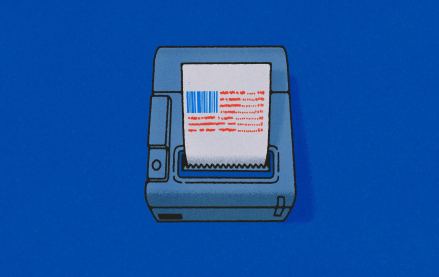
The gap between programmatic and upper-funnel objectives has always been a daunting one for marketers. Many have even claimed that it was unbridgeable, biased toward lower-funnel goals like increasing conversions. But as brand dollars continue to move away from search and toward display budgets, programmatic has become more than just direct response. In fact, both the buy and sell sides expect programmatic to move up the sales funnel, taking on high-impact formats, like content marketing.
According to new research conducted by Digiday and sponsored by PulsePoint, there is a strong case for a more creative and custom programmatic future. Seventy-one percent of marketers surveyed say that programmatic technology best supports mid- and upper-funnel marketing objectives.
Going a bit deeper, over a quarter (27 percent) said programmatic was most effective at increasing website and landing-page traffic, a decidedly mid-funnel objective. More surprising, 26 percent said increasing brand awareness is the best-supported objective.
If programmatic was ever indeed a one-trick pony, it seems to be maturing into quite the talented stallion. “As long as you have some way of being able to infer or derive some intent signal, you can use programmatic techniques wherever someone is in the funnel,” said Sam Ashken, head of audience intelligence at The Barbarian Group.
And it looks like a change in programmatic strategy is begetting a shake-up of what ad formats marketers plan to buy programmatically in the next year. The automated stalwarts like standard display (77 percent buy their placements programmatically) still top the list, but they’re starting to see some serious competition from more custom formats.
For example, digital video is currently bought programmatically by 60 percent of those surveyed. That number will increase by 29 percent next year. Other formats, like sponsored content and custom rich-media display units are expected to grow 114 percent and 43 percent respectively. By next year, 61 percent expect to buy their custom display units programmatically.
With 97 percent of respondents actively running some type of content marketing, the growth of high-impact formats served programmatically is taking place in a robust market. Just as we’ve seen mobile, video and social move into programmatic, 83 percent of respondents believe that content marketing will go programmatic by 2017.
Ad position: web_incontent_pos1
Even traditional units that support awareness, like TV spots, are seeing more automation. In the next year, the number of marketers buying their TV inventory through programmatic channels will grow by 45 percent.
Alister Adams, vp of content and innovation at Publicis, sees only opportunity ahead: “I can’t imagine a world where we aren’t buying almost everything programmatically in the next two to three years, including video, radio and television.”
More from Digiday
Sliders test article
Amazon bulldozes into new markets, upending the status quo and challenging rivals. Today, it’s the turn of the ad-supported streaming world, and Amazon is coming out of the gate strong. Why, you ask? Because Amazon is serving marketers an opportunity beginning today to reach a whopping 115 million monthly viewers in the U.S. alone, courtesy […]

How CTV and DOOH are growing this political season for smaller agencies
Connected TV and digital out-of-home are playing a bigger role in upcoming elections and politics – especially for smaller agencies looking to place clients’ dollars.

CMO Strategies: Advertisers identify the top attributes on ad-supported streaming platforms
This is the third installment in Digiday’s multi-part series covering the top ad-supported streaming services and part of Digiday’s CMO Strategies series. In this report, we examine which ad attributes matter the most to marketers on streaming platforms.
Ad position: web_bfu